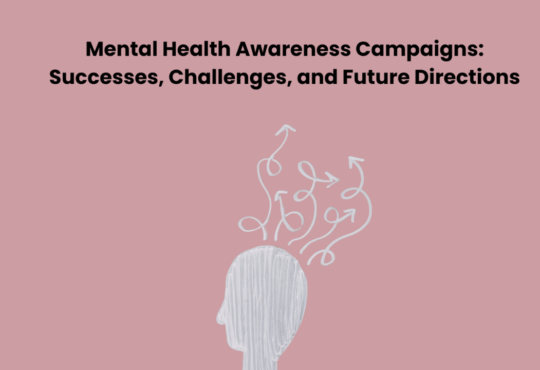Medications are essential to good health, but not all of them are without risks. Some drugs come with serious potential side effects that can pose significant health hazards. To alert healthcare professionals and consumers about these risks, the U.S. Food and Drug Administration (FDA) employs a powerful tool known as the “black box warning.”
What is a Black Box Warning?
A black box warning is the FDA’s (Food and Drug Association) most stringent form of cautionary information about a prescription drug. It is named for the prominent black border that surrounds the warning text, making it highly visible on the medication’s packaging and prescribing information. This type of warning is reserved for medications associated with serious or life-threatening risks.
Black box warnings are implemented when a medication is linked to serious adverse reactions, such as severe side effects, harmful interactions with other drugs, or potential dangers for specific patient populations.
The primary goal of a black box warning is to ensure that healthcare providers and patients are fully informed about the potential risks associated with a medication. This knowledge allows for more informed decision-making when considering the benefits and risks of a particular treatment.
When Are Black Box Warnings Issued?
While medications undergo rigorous testing before receiving FDA approval, it is often during post-approval monitoring that certain risks become more apparent. If new and significant safety concerns arise, the FDA may require the addition of a black box warning.
The FDA uses this emerging data to update safety information and issue black box warnings when necessary.
Examples of Medications with Black Box Warnings
1. Elmiron for chronic bladder pain
Elmiron is a drug used for Interstitial Cystitis. The FDA has mandated a black box warning for Elmiron due to emerging evidence linking its use to a heightened risk of eye problems. This revelation came after reports of patients experiencing vision issues. If you or your loved one is currently suffering vision problems due to Elmiron use, you may be due compensation. Please speak to Elmiron lawyers specializing in vision loss lawsuits to get help and recover compensation for the suffering you are made to undergo. Compensation may encompass medical expenses, lost wages, and damages for pain and suffering.
2. Antidepressants and Suicidal Thoughts
Certain antidepressants like Fluoxetine (Prozac), Sertraline (Zoloft), Nortriptyline, and Trazodone, carry black box warnings regarding an increased risk of suicidal thoughts, especially in young adults. This cautionary information is crucial for both healthcare providers and patients when considering the use of these medications. As long as you are aware of these risks before using the drug, you may not be eligible to take legal action when things go awry.
3. Pain Medications and Respiratory Depression
Opioid pain medications also often come with black box warnings highlighting the potential for respiratory depression, a serious side effect that can be life-threatening. This warning informs healthcare providers to exercise caution, particularly in patients with respiratory conditions.
4. Antibiotics and Tendon Rupture
Some antibiotics have black box warnings due to the risk of tendon rupture, especially in older adults. Patients are advised to contact their healthcare provider immediately if they experience symptoms such as tendon pain or swelling.
How to Interpret Black Box Warnings
Patients should always consult their healthcare providers if they have concerns about a prescribed medication with a black box warning. Healthcare professionals can provide personalized guidance based on the individual’s health history and the specific risks associated with the drug.
The professionals can then weigh the potential risks against the benefits of the medication. In some cases, the benefits may outweigh the risks, especially if there are no alternative treatments. But if the risks outweigh the benefits and there is an alternative treatment, using the drug may be advised against.
In essence, black box warnings empower patients to actively participate in their healthcare decisions. By being aware of potential risks, patients can engage in informed discussions with their healthcare providers, ensuring that decisions align with their preferences and values.
What is Informed Consent?
Healthcare providers have a responsibility to obtain informed consent from patients before initiating a treatment plan. This process involves clearly communicating the risks associated with a medication, including any black box warnings, to ensure that patients make decisions based on comprehensive information. If a patient gives the go-ahead, they may not be eligible to take legal action when things go south.
Risk Mitigation Strategies
In some cases, the FDA may implement risk mitigation strategies alongside black box warnings. These strategies could include additional monitoring requirements, educational programs, or restricted distribution to enhance patient safety.
While black box warnings aim to communicate risks, patients still need to have access to essential medications. In certain situations, the benefits of a medication will outweigh the risks, and therefore, restricting access could impede patient care.
Conclusion
Understanding black box warnings is pivotal for both healthcare providers and patients in making informed decisions about medication use. These warnings help to balance the benefits and risks of pharmaceutical interventions. It all serves to allow us to navigate the complexities of medication risks while ensuring that patients receive the best possible care.








